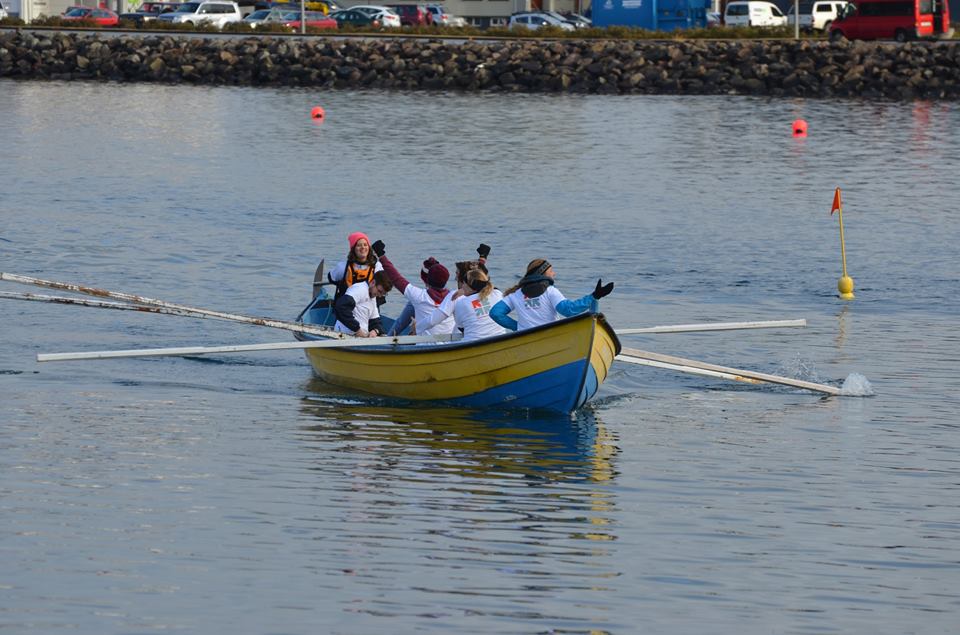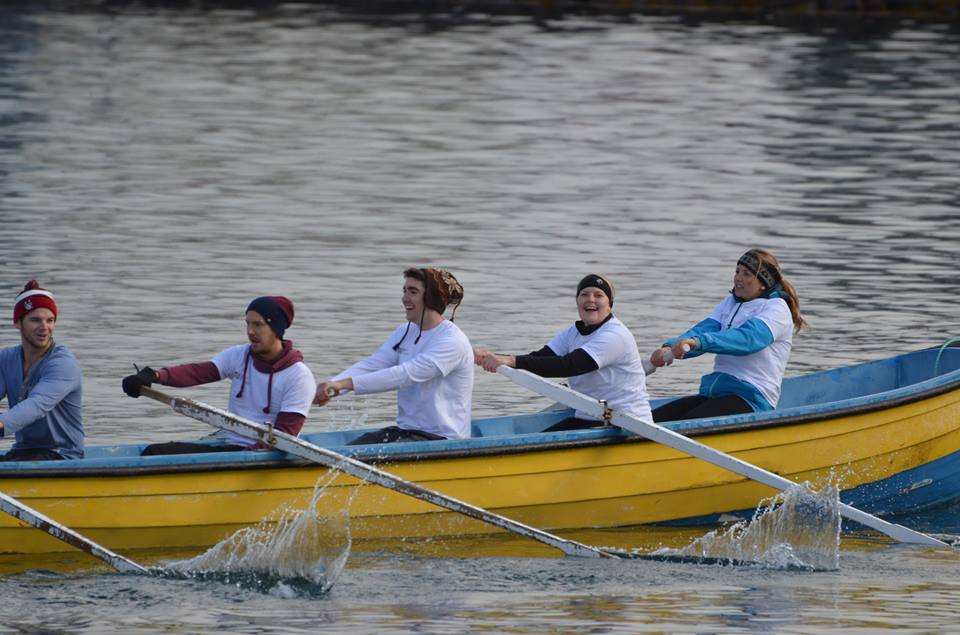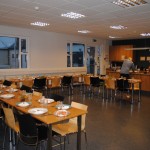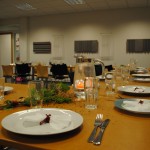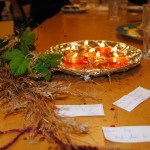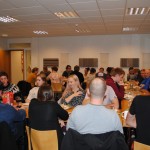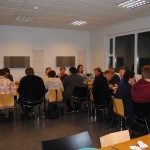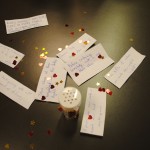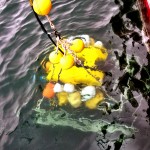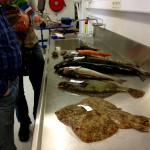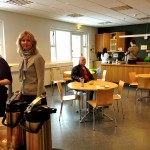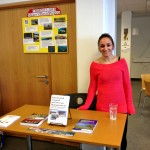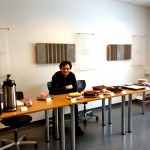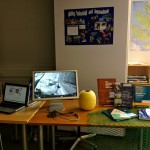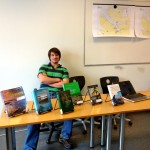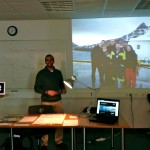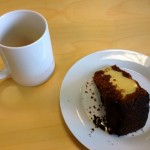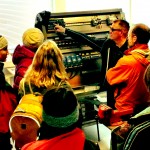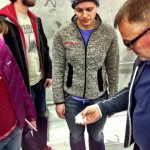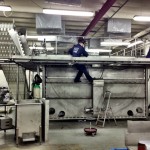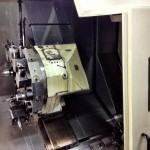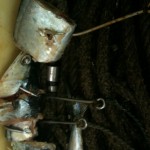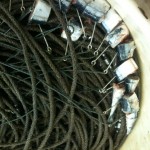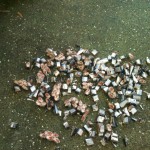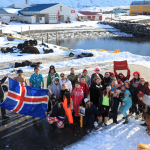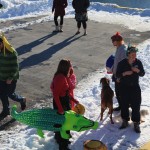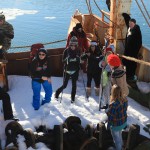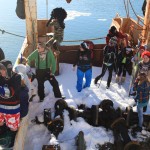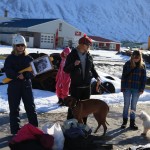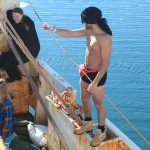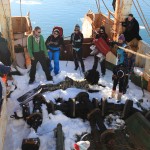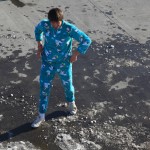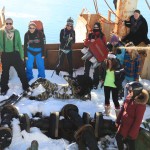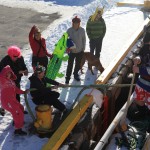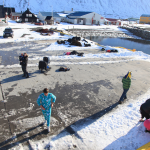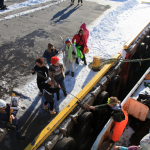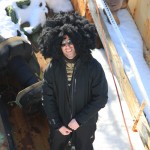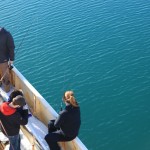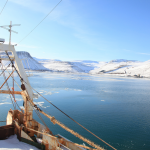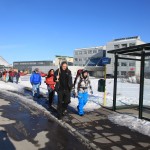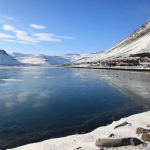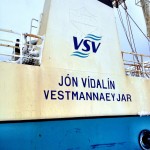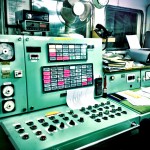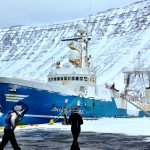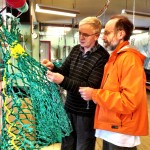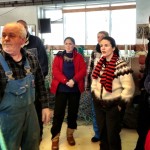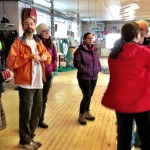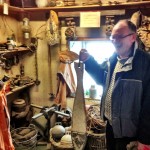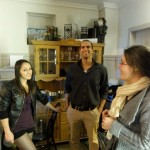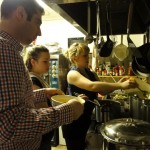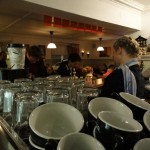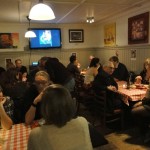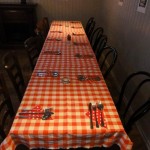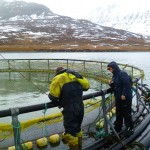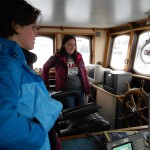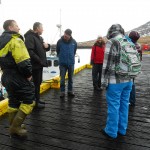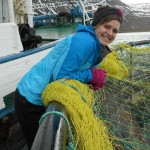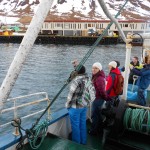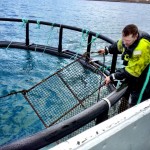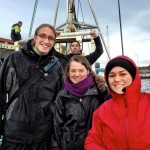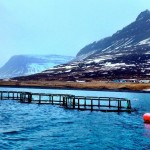The students took a trip out to Suðavík to visit Murr of Iceland, Melrakkasetur, the Arctic Fox Center, and the Avalanche Memorial.
Murr is a pet food company established in 2008, and uses Icelandic meat and byproducts to produce both dog and cat food. During our visit, the food bags were in the process of being heated under extreme heat and pressure in order to eliminate any possibility of contamination. Additionally, there were various raw-hides being dried, such as pig ears to produce chewing toys for dogs. The company works under stricht regulations and fulfills requirements of both European Union as well as FDA in the US. Traceability is a key factor and they are able to trace back any product directly to the supplier, and even, the individual animal the product originated from. Thank-you for accommodating us and for the samples shared with those of us who have furry friends back home!
We then visited Melrakkasetur, the Arctic Fox Center. The Center was established in September 2007 but opened in June 2010, and is the only Arctic Fox Research and Exhibition Center in the world. The exhibition focus on the biological and historical aspects of the Arctic Fox in Iceland, including interactions with hunting and farming. Additionally, the Center focuses on research collaboration with institutions and participates in the development of wildlife and eco-tourism in the area. The Center has a cafe and a room upstairs in which they often host fundraiser events. For more information on the Center, please check out their website. Thanks Ester for taking the time to accomodate our group!
Lastly, we visited the Suðavík Avalanche Memorial, which was erected in memory of the 14 residents who lost their lives after a destructive avalanche, January 16, 1995. This event has particular significance of course for the town, but also for the students, who have had the chance to discuss avalanche risk assessment in terms of Environmental Impact Assessments through their course work and research regarding coastal planning and developments. (chelsea boaler)
-
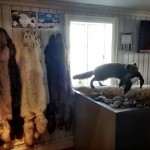
-
Photo Credit: Chelsea Boaler
-
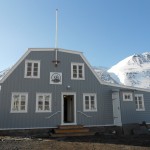
-
Photo Credit: Katrin Krzewina
-

-
Photo Credit: Katrin Krzewina
-

-
Photo Credit: Katrin Krzewina
-
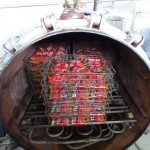
-
Photo Credit: Rob Salisbury
-
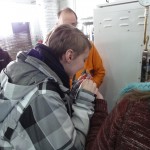
-
Photo Credit: Rob Salisbury
-
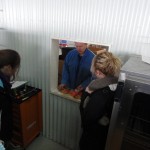
-
Photo Credit: Rob Salisbury
-
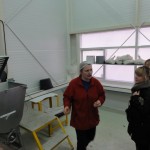
-
Photo Credit: Rob Salisbury
-
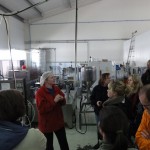
-
Photo Credit: Rob Salisbury
-
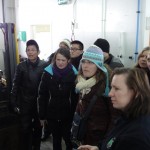
-
Photo Credit: Rob Salisbury
